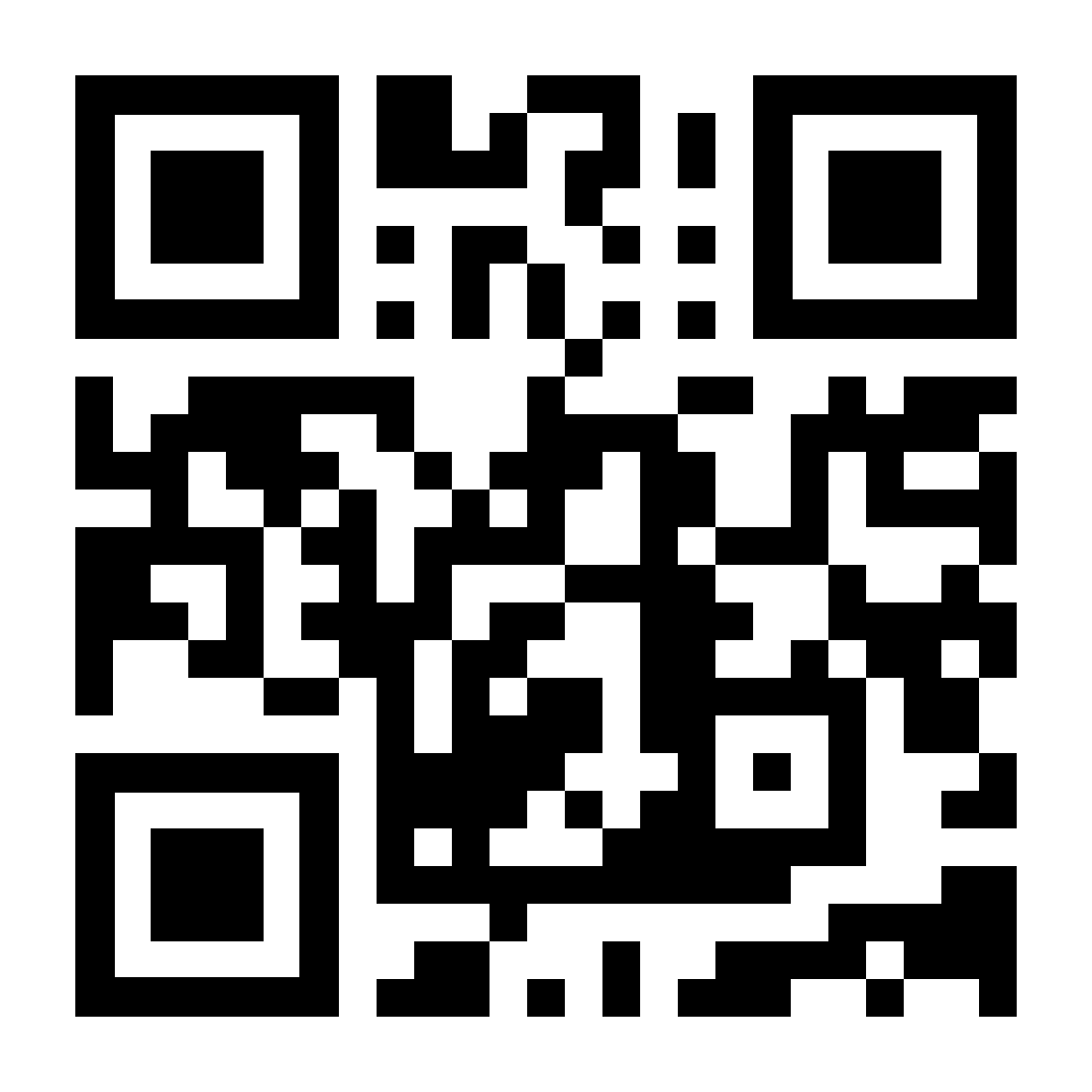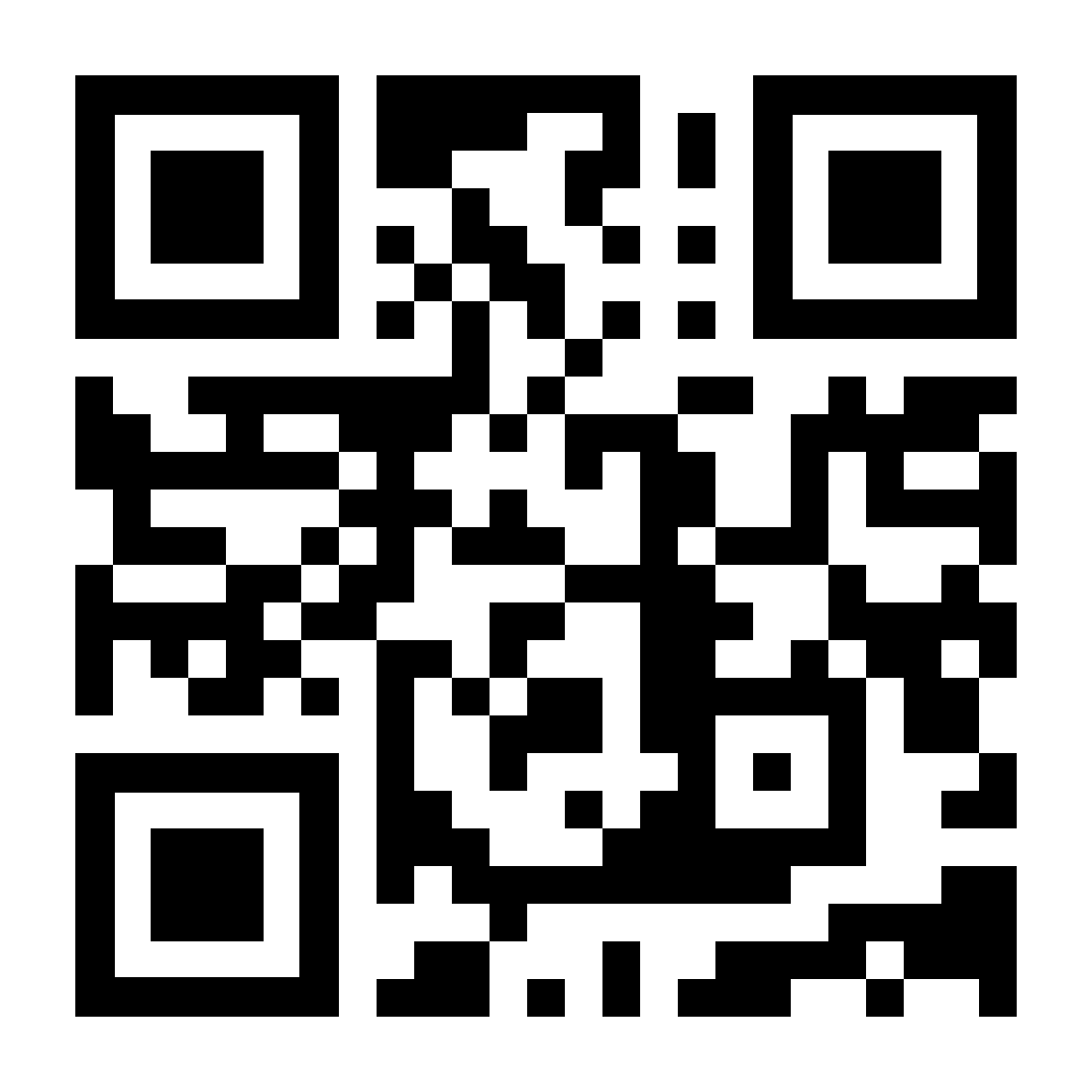Antique Rugs: How Are They Made?
The process for making antique rugs is quite a bit more complicated than most folks realize. There are very specific steps one must follow in order to create rugs that will last a lifetime. Royal Oriental Rugs, purveyor of oriental rugs (Tampa), has put together this handy guide to teach you the many steps involved in crafting a genuine antique rug.
From What Materials Are Antique Rugs Made?
There are many different materials that are used in the making of rugs. However, the most common textiles used in oriental rugs are alpaca or sheep’s wool and silk. These fibers are then spun into yarn, which is then dyed. The dyed yarn can then be used to weave a rug.
How Does Wool Become Yarn?
Once the sheep have been shorn by an expert, large bundles of the wool are sent to another location where it can be separated by hand and coordinated by color. As wool is often either white, black, or brown, it must be carefully sorted. Once the wool is properly sorted, it can be carded. It is during this process that it becomes fluffy and light, which is required for the next step, which is spinning.
How To Dye Yarn
Now that the wool is spun into yarns, the artisans can use natural dyes to create the vibrant colors you will see in the finished rug. These dyes can be made from many sources, such as vegetables, plants, or fruits. To begin, the artisan will boil the raw matter in water for around 30 minutes, straining it and adding cold water afterward. Then, placing the wetted wool in the dye, the professional will bring the vat back to boil for around 40 minutes, allowing it to simmer for about an additional 40 minutes, occasionally checking the coloring of the wool. Once this is done, the wool can be allowed to cool and dry.
How Rugs Are Woven
After the yarn has been prepared, hand weaving can begin on the final product. This process can take up to a year, depending on the size of the rug and depth of detail the finished product will have. The artist will first sketch the design on a sheet of graph paper and prepare the frame by stretching warps or threads across the loom vertically. Once the warps (usually cotton) are set, the weaver can begin to weave the yarn one knot at a time to the loom, utilizing Persian or Tibetan knots. Now that the carpet is completed, it can be sent to purveyors of oriental rugs (Tampa).
Contact Us
Are you interested in antique rugs for your home or business? Royal Oriental Rugs, purveyor of oriental rugs (Tampa) is here to help. We offer both modern and traditional rugs, as well as antique rugs, at up to 60% off. We also provide cleaning and repair services, for all your needs, including pet odor and stain removal at up to 20% off. Call or visit us to find your next rug today!





